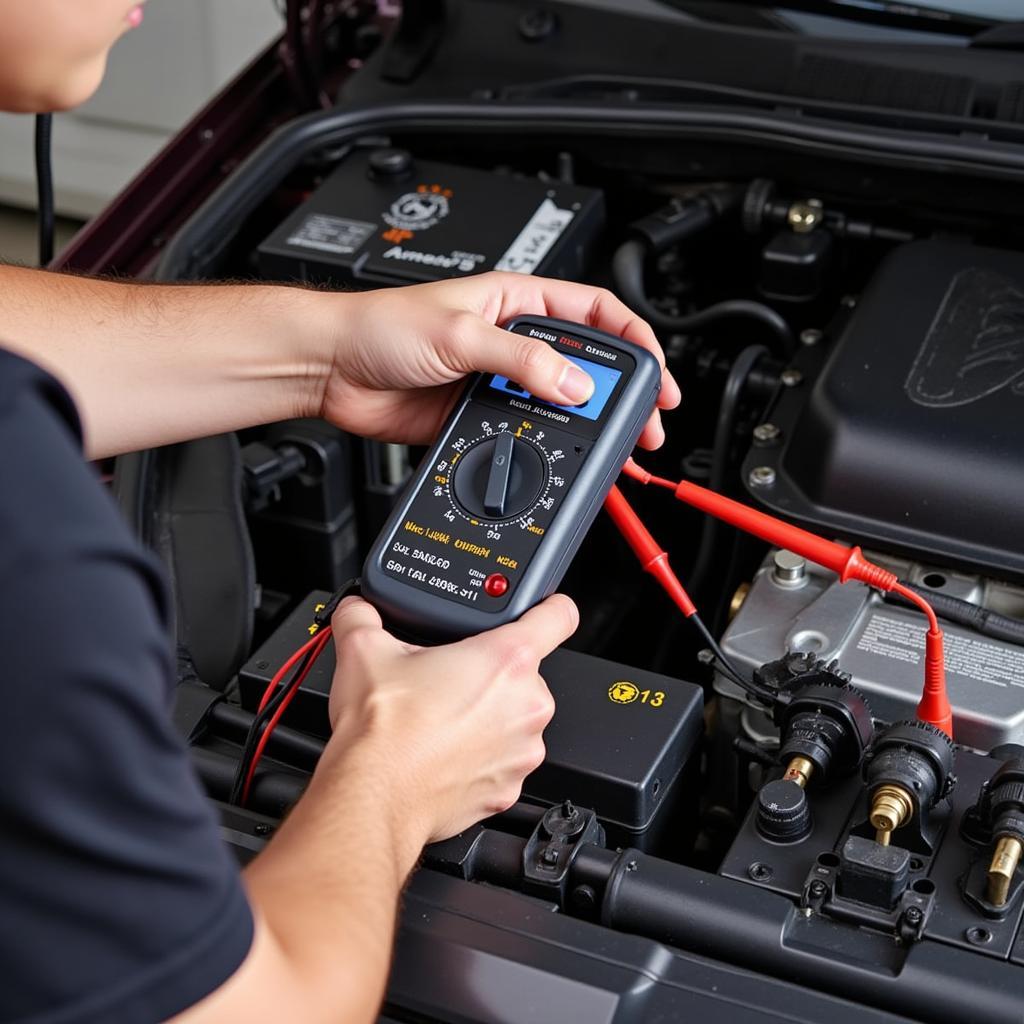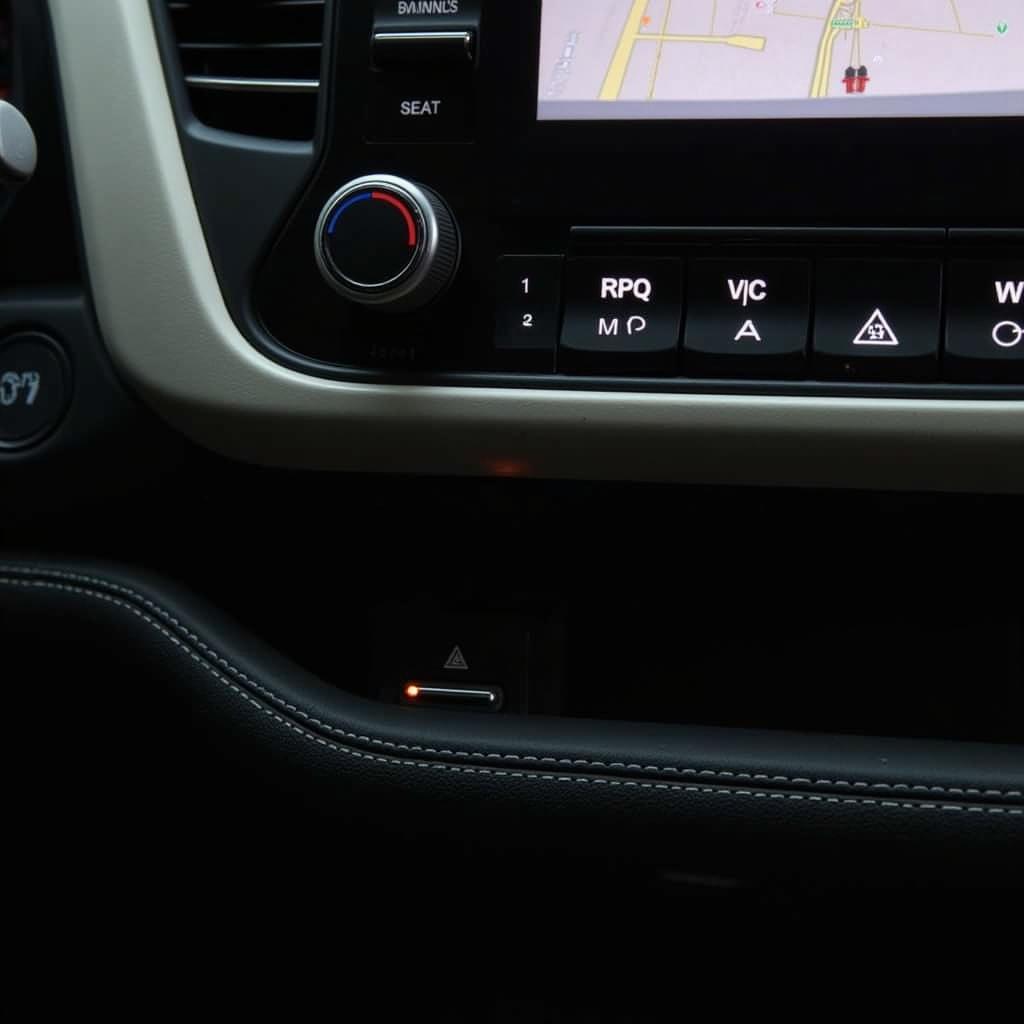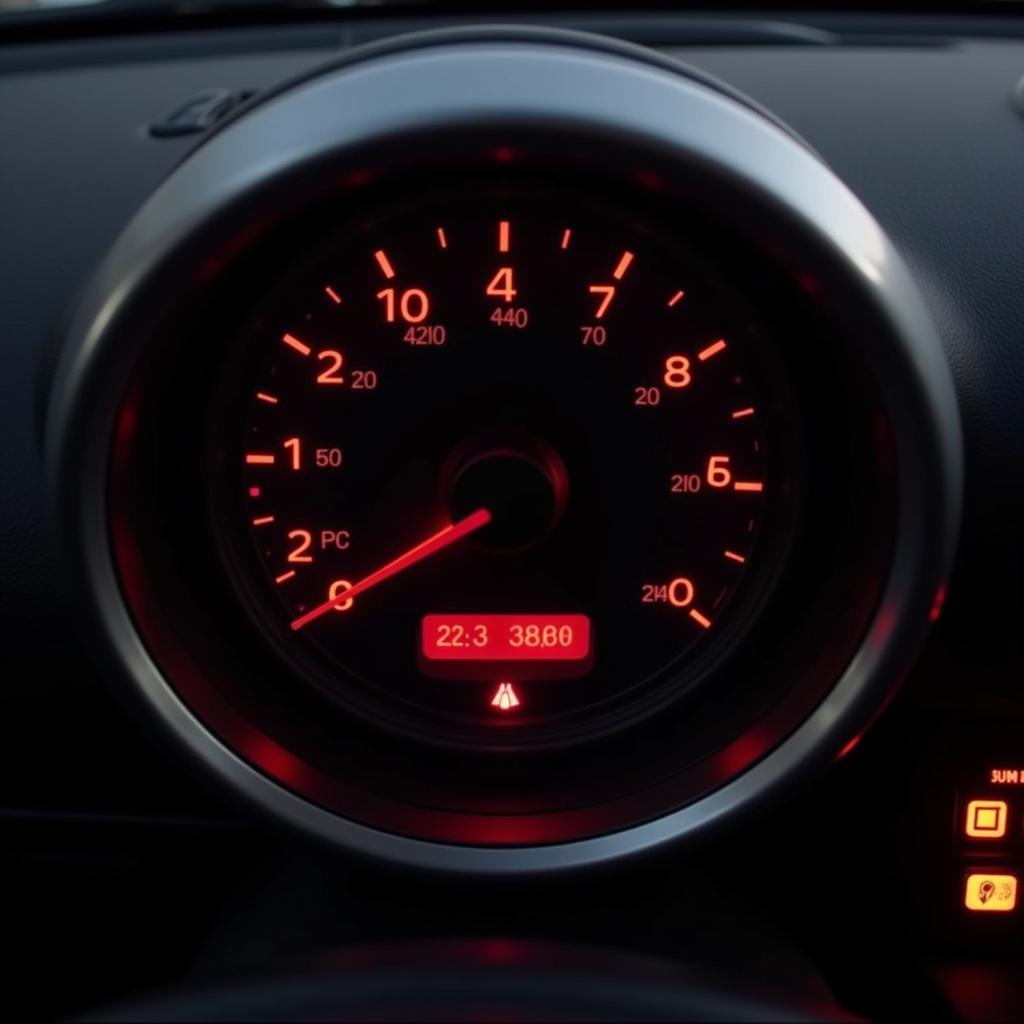A dead car battery is frustrating, especially when it happens unexpectedly. Understanding auto battery drain causes can save you time, money, and a lot of hassle. This guide delves into the common reasons why your car battery keeps dying and offers practical solutions. Read on to learn more.
If you’re experiencing issues with your car’s battery draining, checking if a remote auto start is draining battery is a good place to start. Especially if you’ve recently had a new car battery dies overnight, you’ll want to diagnose the problem quickly. For older vehicles, you might encounter similar 12 volt battery problems.
Common Auto Battery Drain Causes
Several culprits can contribute to auto battery drain. Some are simple fixes, while others require professional attention. Here’s a breakdown:
-
Parasitic Draw: This refers to the electrical current that continues to flow even after the car is turned off. Common causes include faulty interior lights, glove box lights, door switches, or even aftermarket accessories like stereos and alarms.
-
Failing Alternator: The alternator recharges the battery while the engine is running. A malfunctioning alternator won’t charge the battery effectively, leading to a drain and eventual failure.
-
Extreme Temperatures: Both extreme heat and cold can affect battery performance. Heat can cause the battery fluid to evaporate, while cold can slow down the chemical reactions necessary for power generation.
-
Old Age: Like any component, car batteries have a lifespan. Typically, they last between three and five years. An aging battery will struggle to hold a charge and is more susceptible to draining.
-
Short Trips: Short drives don’t give the alternator enough time to fully recharge the battery, especially after starting the engine, which consumes a significant amount of power.
Diagnosing Auto Battery Drain
Identifying the cause of your battery drain requires a systematic approach. Here’s how to pinpoint the problem:
-
Visual Inspection: Check for any obvious signs of damage or corrosion on the battery terminals and cables.
-
Parasitic Draw Test: Use a multimeter to measure the current draw with the engine off. A reading higher than 50 milliamps indicates a potential parasitic drain.
-
Alternator Test: Have your alternator tested to ensure it’s charging correctly. A professional mechanic can easily perform this test.
-
Battery Test: A load test can determine the overall health and capacity of your battery.
Preventing Auto Battery Drain
Preventing battery drain is often easier than fixing it. Here are some proactive steps:
-
Turn Off Everything: Double-check that all lights, accessories, and electronics are off before exiting your vehicle.
-
Limit Short Trips: If possible, combine short errands into one longer trip to give your alternator ample time to recharge the battery.
-
Regular Maintenance: Have your battery and alternator checked regularly as part of your routine vehicle maintenance.
-
Proper Storage: If storing your vehicle for an extended period, disconnect the negative battery cable to prevent drain.
Have you ever experienced issues with a 2015 CRV battery drain? It can be a real headache!
Why is My Car Battery Draining So Fast?
Sometimes, even with preventative measures, your battery can drain quickly. This can be due to a faulty component, such as a bad alternator, or even a stuck relay. If you’ve noticed your car battery draining faster than usual, it’s crucial to get it checked out by a professional.
“Regular maintenance is key to preventing battery drain,” says John Smith, a certified automotive electrician with over 20 years of experience. “Many battery issues can be avoided with routine inspections and timely replacements.”
 Mechanic Testing Car Alternator with a Digital Multimeter
Mechanic Testing Car Alternator with a Digital Multimeter
Conclusion
Understanding auto battery drain causes is essential for every car owner. By being proactive and taking the necessary steps, you can prevent unexpected breakdowns and extend the life of your battery. If you’re experiencing recurring battery issues, don’t hesitate to seek professional assistance. Addressing the problem early can save you time and money in the long run. Keeping your car battery in good condition ensures reliable starts and trouble-free driving. Do you suspect a 2014 Buick Lacrosse battery problems is the source of your troubles?
If you are using a remote auto start and believe it’s the cause of your problems, our guide on remote auto start draining battery can help you understand the connection and potential solutions.
FAQ
-
How long should a car battery last? Typically, car batteries last between three and five years.
-
What are the signs of a bad alternator? Dim headlights, flickering interior lights, and a warning light on the dashboard are common signs of a failing alternator.
-
Can I jump-start my car with a dead battery? Yes, but it’s important to use the correct procedure and safety precautions.
-
How do I clean corroded battery terminals? A mixture of baking soda and water can be used to clean corroded terminals.
-
What is a parasitic draw test? A parasitic draw test measures the electrical current flowing when the car is off, helping to identify potential battery drains.
-
Can extreme temperatures affect my car battery? Yes, both extreme heat and cold can negatively impact battery performance.
-
What should I do if my new car battery dies overnight? Check for parasitic draws and consider consulting a mechanic if the problem persists. A guide on a new car battery dies overnight can offer helpful insights. You may also want to explore common 12 volt battery problems for more information.


